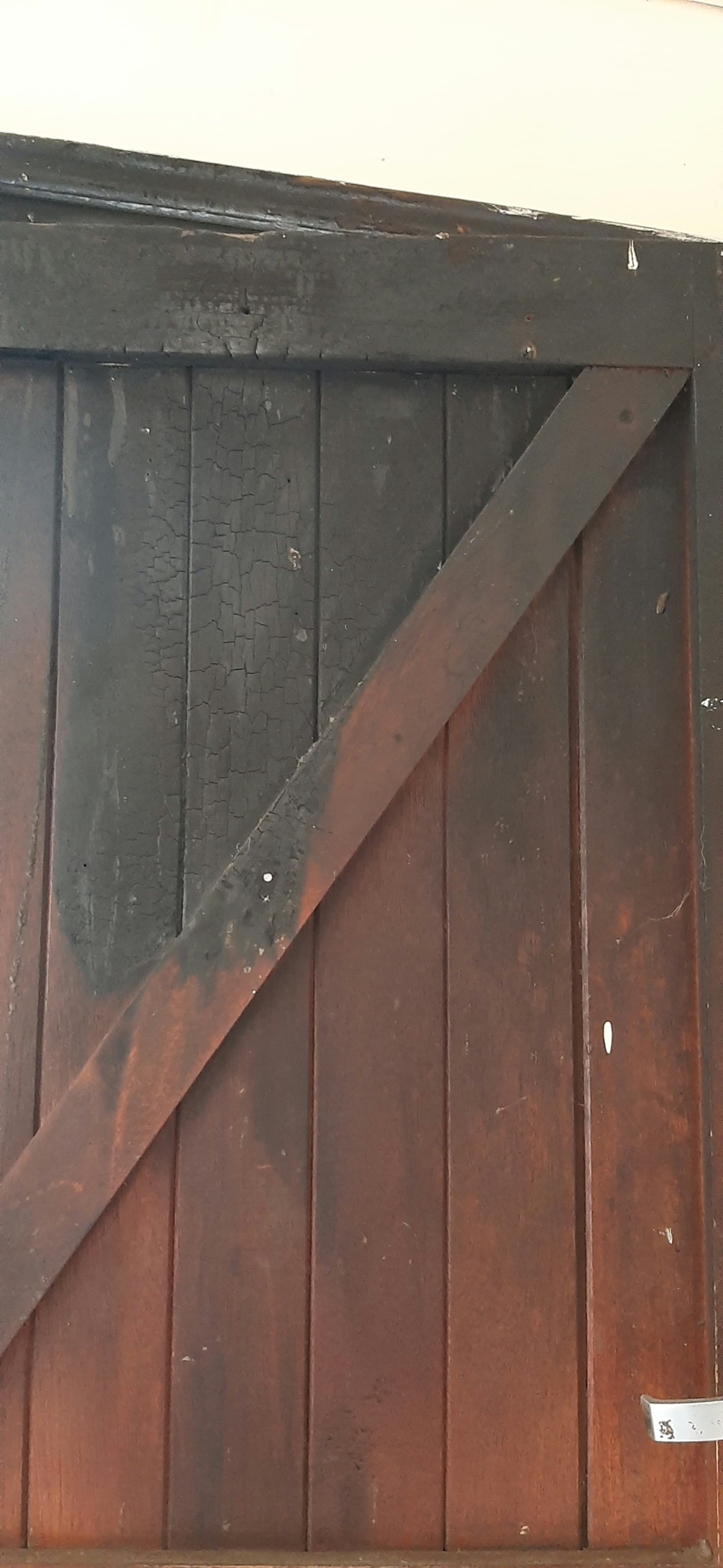The presence of fire damage in the home
Signs of Fire – A House Scarred by Past Flames
Introduction
When moving into a home, safety and structural integrity should be non-negotiable. Yet, in some properties, the remnants of past incidents—such as fire damage—remain unaddressed, posing potential hazards to occupants. This article sheds light on the discovery of charred doors and ceilings in a rental property, highlighting the risks of lingering fire damage and the legal responsibilities of landlords and authorities to ensure tenant safety.
The Issue: Evidence of a Past Fire
- Visible Fire Damage
- A charred door, coupled with burn marks on ceilings within the house, indicates that a fire occurred in the past.
- The extent of the damage raises concerns about the overall safety of the property and whether the fire caused structural weaknesses.
- Unaddressed Repairs
- Fire damage isn’t just cosmetic—it can compromise the structural integrity of walls, ceilings, and supporting beams.
- Burnt materials may release harmful chemicals into the air, especially if not properly treated or removed.
- Safety Risks
- Hidden fire damage can weaken the building’s ability to withstand future incidents, putting occupants at greater risk.
- Charred areas may indicate outdated or faulty electrical wiring, which could trigger another fire.
Legal Framework for Fire Safety in Rental Properties
- Occupational Health and Safety Act (1993)
- Requires landlords to ensure that buildings are safe for occupation, free from hazards that could harm tenants.
- Rental Housing Act (1999)
- Obligates landlords to maintain the property in a habitable condition, which includes addressing any damage caused by past incidents like fires.
- National Building Regulations and Building Standards Act (1977)
- Mandates that all buildings comply with fire safety standards, including structural stability and the absence of combustible hazards.
- Municipal By-laws
- Municipal regulations often include fire safety requirements, such as ensuring properties have functional fire safety equipment and that damages from previous fires are fully repaired.
Landlord Responsibilities
- Repair and Inspection:
- Address all visible and hidden fire damage to ensure the property complies with fire safety standards.
- Conduct professional inspections of electrical wiring and structural integrity following a fire.
- Fire Safety Compliance:
- Install or replace fire safety measures, such as smoke detectors and fire extinguishers, as required by law.
Municipal Oversight
- Municipal authorities must ensure properties comply with fire safety regulations.
- Failure to act on reports of fire hazards can result in legal liability for the municipality.
Steps for Tenants
- Document the Damage:
- Take photographs of all charred areas, including the door and ceilings, to build evidence of unsafe conditions.
- Request an Inspection:
- Submit a formal request to the landlord and the local municipality for an inspection of fire-related damage and overall safety.
- Seek Legal Recourse:
- If the landlord fails to address the issue, tenants can report the property to housing tribunals or initiate legal proceedings to enforce compliance.
Conclusion
The presence of fire damage in a rental property is a red flag that should never be ignored. Landlords and municipalities must prioritize tenant safety by addressing such hazards promptly. For tenants, knowing your rights and documenting issues is the first step toward ensuring a safe living environment.
Unresolved fire damage is not just a reminder of a past incident—it is a ticking time bomb that jeopardizes the safety and well-being of everyone in the home.

Legal Context for the Right to Publish
This article is published in accordance with:
- Section 16 of the Constitution of South Africa (1996): Protects the right to freedom of expression, including raising safety concerns.
- Promotion of Access to Information Act (PAIA) (2000): Guarantees access to information regarding potential public hazards.
- Occupational Health and Safety Act (1993): Ensures transparency in reporting unsafe living conditions.

